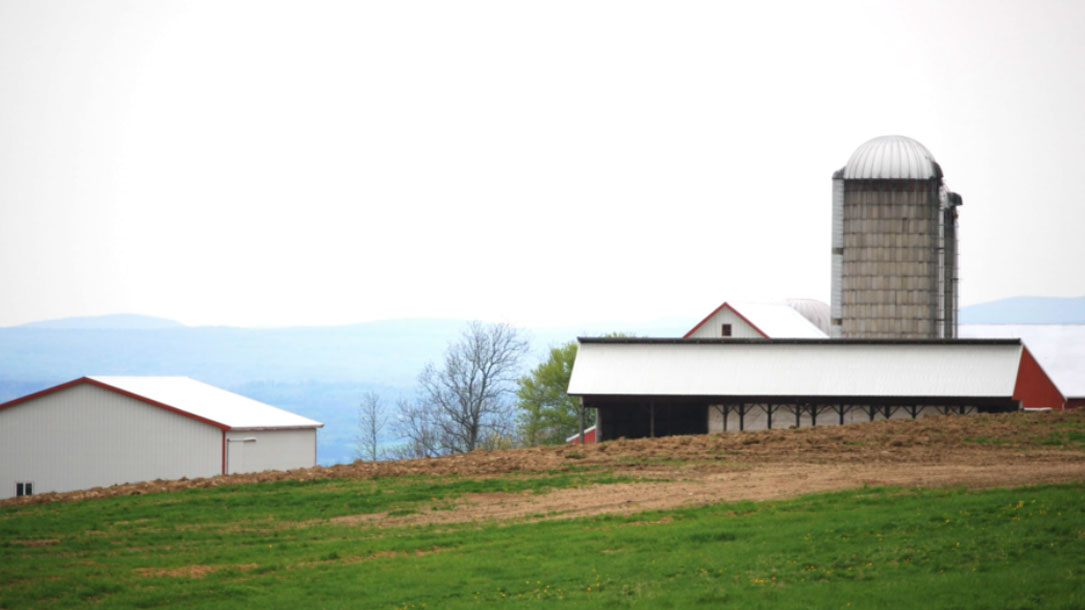
SunCommon financing program helps Vermont organic farmers go solar
SunCommon, headquartered in Waterbury, Vermont, launched a program that offers to help Organic Valley farmers go solar with zero upfront costs. Organic Valley is the largest farmer-owned organic cooperative in the US with a footprint of 100+ Vermont farms. The program provides Organic Valley farmer-members with financing for solar and other renewable energy projects. Farmers benefit from a fully-funded solar installation with no upfront costs, and they save on their energy bill…
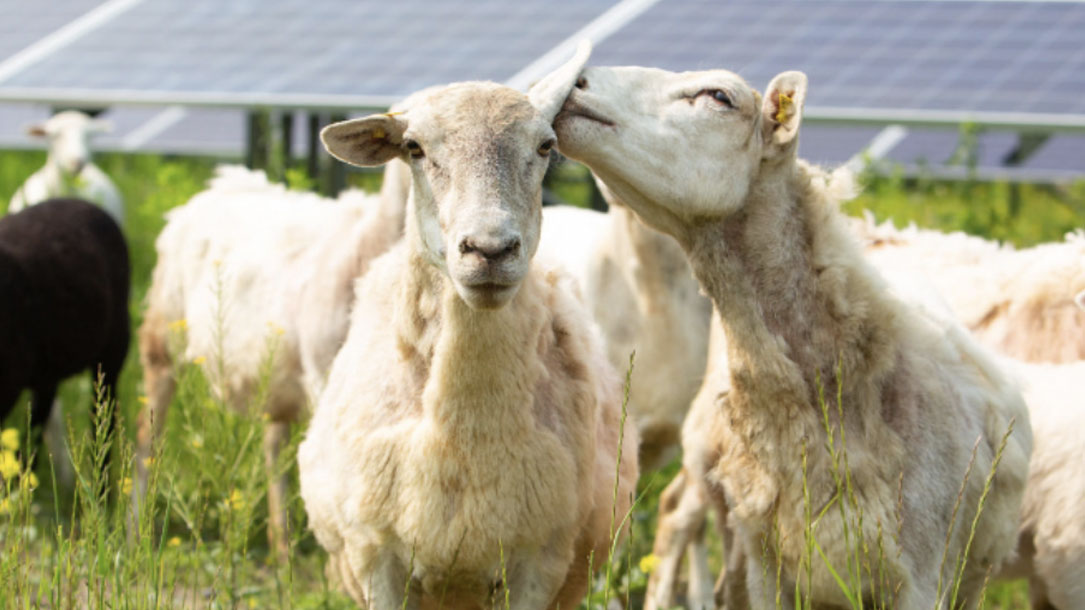
Organization to know: The American Solar Grazing Assoication
Want to Get Involved With Solar Grazing?
Well you’ve come to the right place. The American Solar Grazing Association (ASGA) was founded to promote grazing sheep on solar installations.
ASGA members are developing best practices that support shepherds and solar developers to both effectively manage solar installations and create new agribusiness profits.

Jack’s Solar Garden is nationally significant
Agrivoltaics is the co-location of solar power and agricultural production. It is not a new idea, but is not in widespread use. Jack’s Solar Garden is the largest commercially active agrivoltaics system researching a variety of crop and vegetation growth under solar panels not just in Colorado, but in the US!
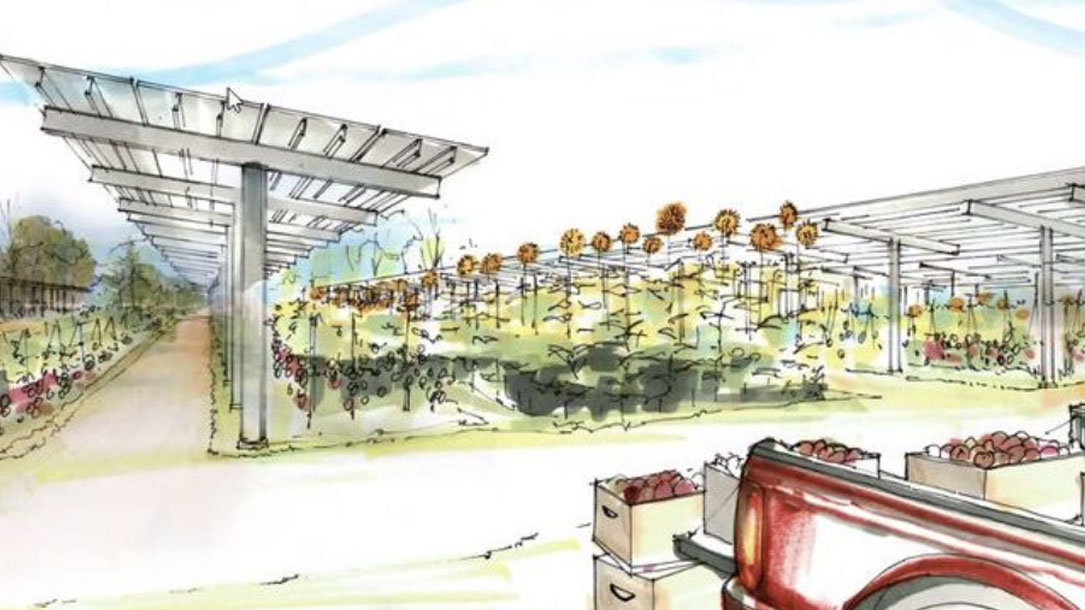
Phillipsburg: Revolutionary solar energy plan for panels over farmland
Phoebus Fund LLC, based in Williamstown, Gloucester County, is proposing the installation of 22 megawatts of solar power on farmland along the 1700 block of Belvidere Road in Lopatcong Township.
The proposal is unique in that the panels are installed 15 to 17 feet above the ground so that most of the land can still be farmed, according to Andrew Kennedy, partner with the Phoebus Fund. It’s a concept known as agrivoltaics that has been used in Italy, Germany, Japan, and Arizona, he said.
“We can grow almost anything under these plates,” said Kennedy. “In addition, our equipment serves as the foundation for irrigation and other types of agricultural equipment so that the farm can not only continue to operate but even improve over time”…

Schools and solar: Taking action, saving money
As school districts struggle to adapt to a nationwide budget crisis brought on by the COVID-19 outbreak, many K-12 schools are shoring up budgets with a switch to solar power. Find out more inside this third edition of Brighter Future: A Study on Solar in U.S. Schools, including new data and trends on solar uptake at schools nationwide, how schools are saving millions in energy bills (with little-to-no upfront investment), and a national ranking of all states for solar on schools…
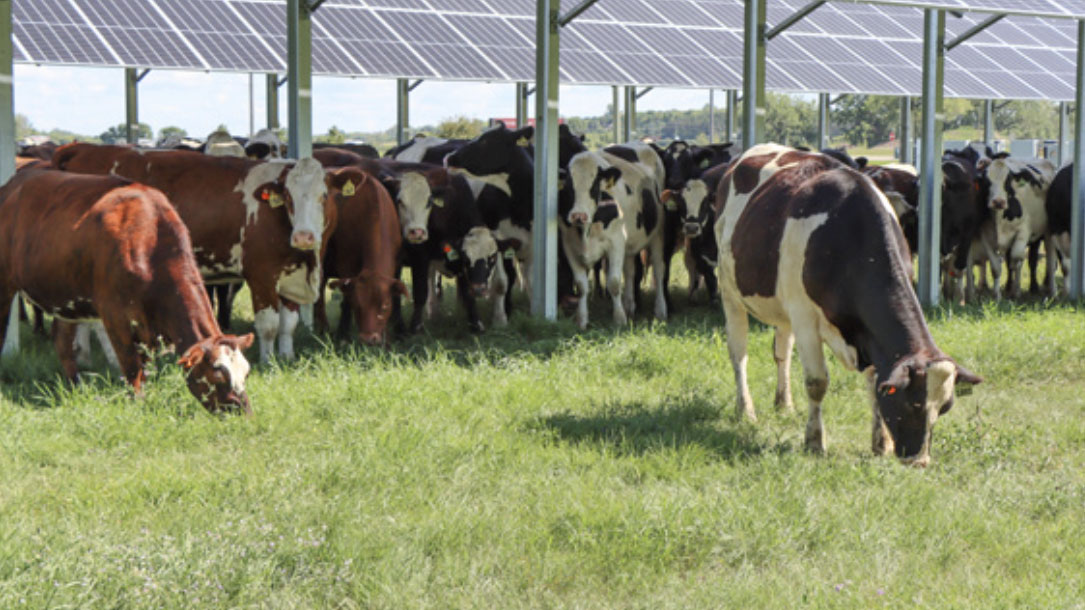
Solar panel shade for cattle
Dr. Brad Heins, associate professor of dairy management at the University of Minnesota and researcher at the West Central Research and Outreach Center in Morris, Minnesota, implemented this idea at the center’s 300-cow pasture to provide shade for the herd and energy to power milking equipment. “The concept of solar grazing started because we wanted to reduce heat stress and produce energy to utilize in our dairy farm,” Heins says. “Our goal is to have a net-zero dairy.”
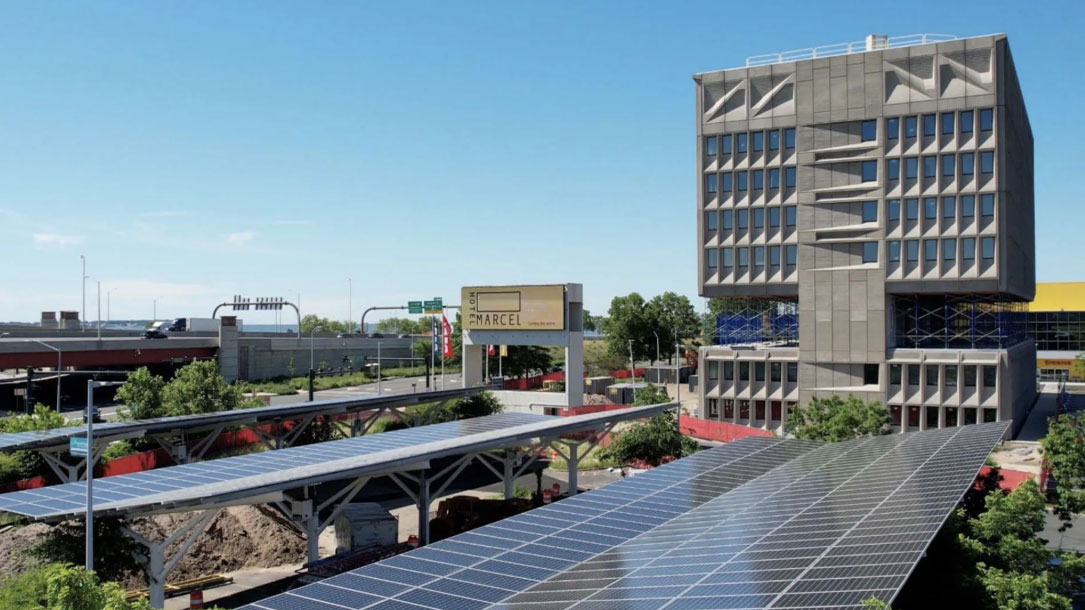
Study: Connecticut could conserve land by installing solar above parking lots
The study, which appears in the current issue of Solar Energy, identified 8,416 large parking lots across the state that are suitable for power-producing solar canopies. Together, those sites could generate 9,042 gigawatt-hours annually, the equivalent of 37% of the state’s annual electricity consumption…

The future of landfills is bright
“There are more than 10,000 closed and inactive landfills around the country. These sites offer an incredible opportunity for solar development. By installing solar on closed landfills, states and municipalities advance local solar energy while repurposing relatively large, vacant sites within communities that have limited reuse potential.”
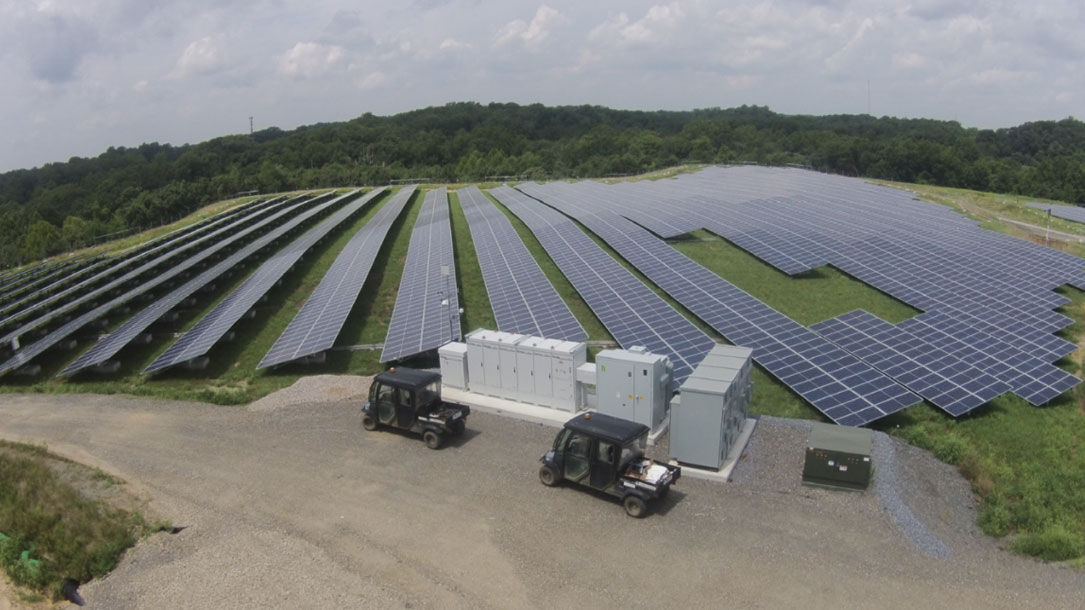
Landfills could host more than 60 GW of solar
The Rocky Mountain Institute (RMI) released a report, The Future of Landfills Is Bright, that offers a guide to considering the value of solar power installed on landfills. The report indicates that more than 63 GW of solar power plant capacity could be located in less than half of U.S. landfills, generating 83 terawatt hours of electricity each year across all 50 states.
The plants also could generate more than $6.6 billion annually in electricity revenue.
The report offers guidance to local jurisdictions for how to take advantage of these resources, including the considerations that must be taken when building on landfills, as well as how to create a financially viable marketplace for the sale of the solar electricity. It covers several necessary bureaucratic structures, and provides guidance on collecting the data necessary for siting projects on landfills…
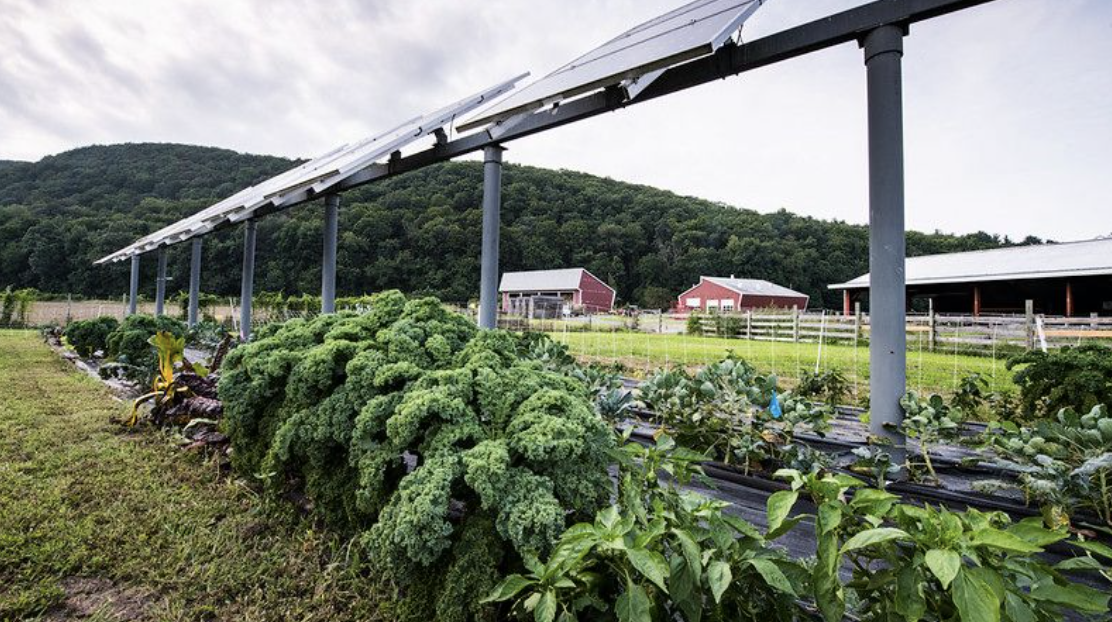
Agrivoltaics clearinghouse launches to share info on matching solar with farming
Solar installations may cover more than 3 million acres of the United States over the next decade, opening the door for PV to be paired with agricultural land to produce food, conserve ecosystems, and maximize income for farmers.
This opportunity, led by the National Center for Appropriate Technology to launch, is said to be the nation’s first AgriSolar Clearinghouse to connect farmers, ranchers, land managers, solar developers, and researchers with information about co-locating solar and agriculture…












